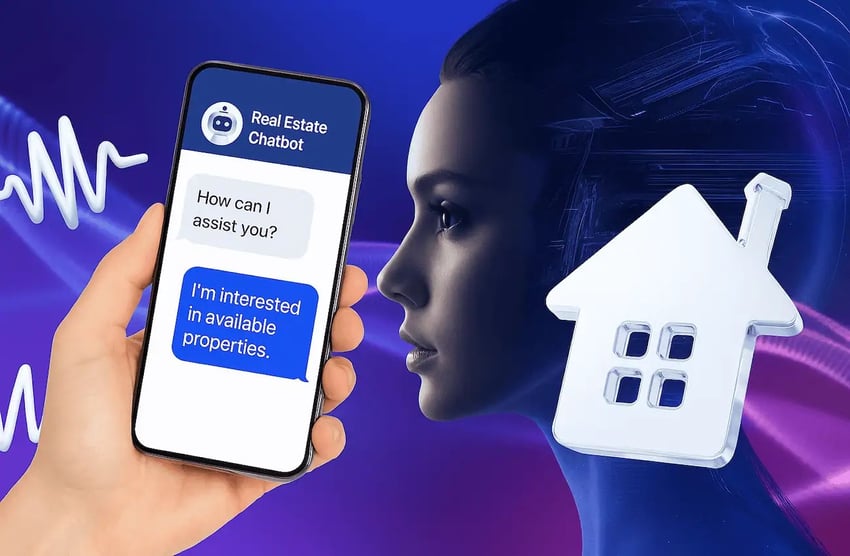When a customer calls their bank, the expectation is simple: resolve the query quickly, securely, and without hassle. Trust is paramount, and the contact center is the front line where that trust is won or lost.
For banks, choosing the right call center software isn’t just about handling calls but about managing risk, ensuring compliance, and delivering a customer experience that reinforces confidence. Basic phone systems fall short. Advanced contact center platforms, however, are designed mainly for these high-stakes interactions.
This guide outlines exactly what banks need from call center software, from essential features to strategic integrations, helping you find a provider that understands the unique demands of the financial services industry.
Why Banks Need Call Center Tools
In the majority of cases, banking inquiries begin with a call. In fact, 36% of customers report that voice calls are still their preferred method of contact. The fact of the matter is that when fraud is suspected or access to large amounts of money gets restricted, nobody wants to wait in line on a live chat or send an email with a 24-hour SLA.
So when customers phone you, the experience needs to be top-tier. This means applying call treatment like intent-based routing, secure self-service, and always-on quality management. You just don’t get that in a basic phone system. However, bank call center software are designed exactly for this.
As an extension of this, you can then replicate the personalized experience across web chat, SMS, email, social media, or video. The key here is to provide an omnichannel experience. Agents and customers get a single thread for their interaction, so you can streamline follow-up, and nobody has to repeat themselves or lose time hunting for information.
The standout tools in the call center market have evolved tenfold over the last decade — and then tenfold again thanks to the introduction and application of artificial intelligence (AI). When AI, analytics, and workforce tools share a single data model, leaders move faster, agents feel supported, and customers get what they’re looking for.
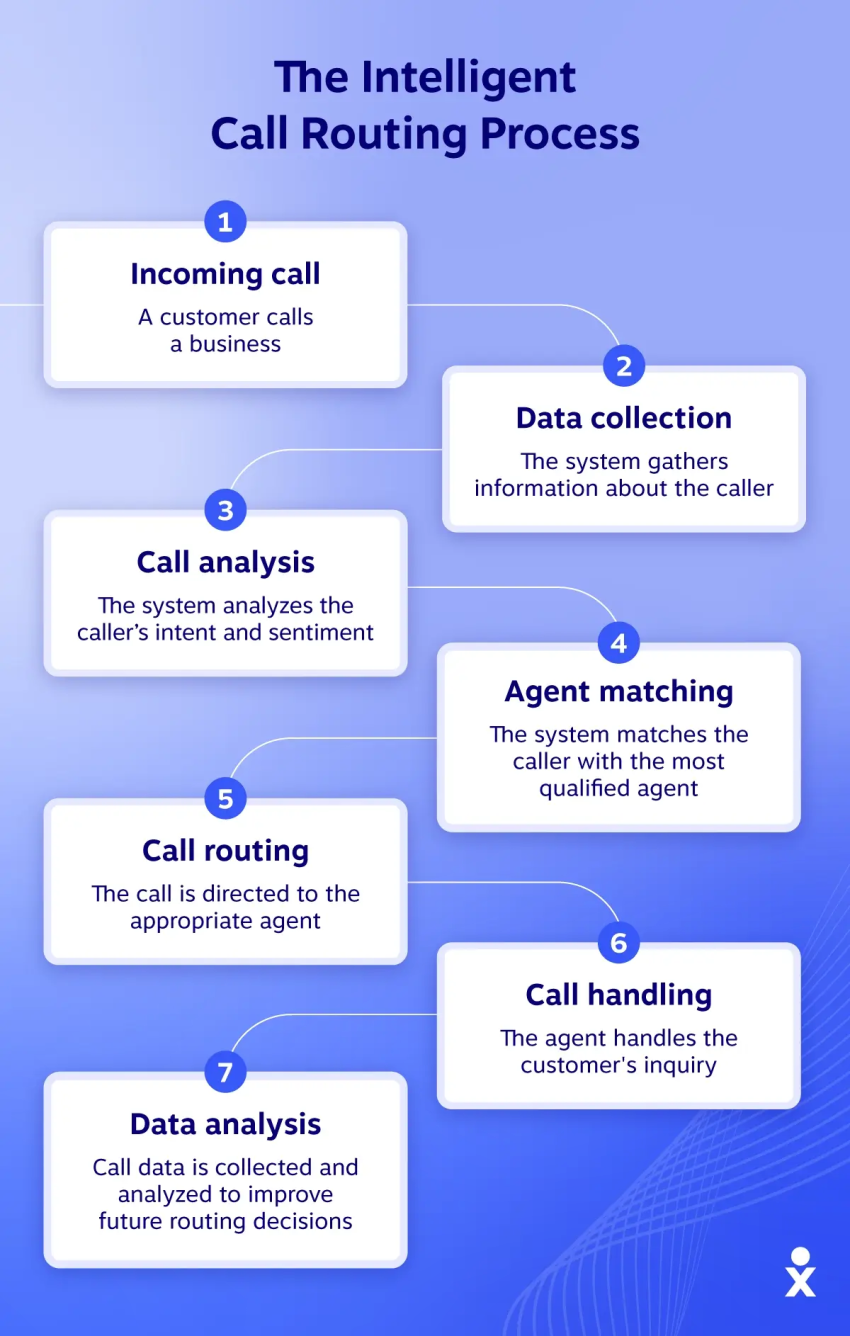
Must-Haves in a Call Center
If you think that banking call centers are the best thing since sliced bread, you should take a look at what functionality is available. Here are the non-negotiables in a best-in-class bank call center software.
Call routing and queues
Getting callers to the right specialist quickly is essential, whether it’s for routine transactions or urgent fraud alerts. Look for:
- Skills and intent routing for fraud, disputes, lending, wealth, and branches.
- Priority treatment for high-value customers and urgent events.
- Overflow and failover rules for resiliency during spikes.
- Queue callback to replace hold time with scheduled returns.

IVR design and secure self-service
Secure self-service options reduce agent workload for common tasks while protecting sensitive data. Key capabilities include:
- Card freeze and replacement.
- Balance, payment, and transfer checks.
- Disputes and chargebacks.
- Travel notices and authentication steps.
- Intelligent opt-out to live agents when frustration or risk signals appear.
Note: You can still use automatic call distribution and IVR for navigation. It’s extra functionality, not a replacement.

Recording, monitoring, and QA
Rigorous compliance and quality assurance (QA) are non-negotiable in banking. The platform must provide tools for:
- Dual-channel recording with pause and resume for sensitive fields.
- Live monitor, whisper, and barge for real-time saves.
- AI-driven scoring with coachable moments and trend spotting.
- Dispute review packs with timestamped notes and transcripts.

Reliability and audio quality
For banks, downtime is unacceptable, so ensure the platform provides service continuity with:
- Carrier redundancy and geographic failover.
- Service-level objectives and clear incident communications.
- Softphone and desk phone options with quality of service reporting for branches and remote agents.

Why Omnichannel Is a Game Changer for Banks
Omnichannel customer experiences are the only type you should be concerned with in the modern customer service era. While we know calls remain the most popular and most secure way to contact a bank, customer expectations, particularly those of younger generations, have led to an increasing demand for other ways to get in touch. For less urgent queries, the need for banks to support contact via chat, email, and even social media messaging is high.
You have two choices here as a business:
- Optimize your voice channel and provide a great customer experience.
- Optimize the entire workflow, including all possible channels your customers might contact you through.
But you can’t just roll out these channels as standalones, or you’d have one-off interactions with no follow-up. If the resolution wasn’t clear or your customer needed help later that day, the new agent answering the call, chat, email, etc., wouldn’t have access to previous documentation to get a clear history.
If Jeff handles the live chat, for example, he wouldn’t have access to the call recording and transcript to review any previous troubleshooting. Why would he? He’s the live-chat guy.
Omnichannel customer service, on the other hand, ensures an all-in-one thread of all activity, which provides agents with a view of the entire customer journey. No matter which channel(s) Jeff is working on today, he can access your customers’ entire history and help out a lot better.
Unified thread and customer journey
- Every interaction appears in a single timeline with identity, accounts, and sentiment.
- Agents pivot channels without losing history, retaining context and content.
- Leaders view real-time and historical performance across all channels in one place.

Automation and intelligent handoff
- Bots that handle routine balance and status inquiries with verified customer identity.
- Smart containment with thresholds to transfer to live agents with full context.
- Proactive outreach for collections, renewals, and appointment reminders.
The takeaway
An omnichannel approach delivers faster resolutions, cleaner audit trails, and a superior customer experience. Unifying interactions into a single thread enables banks to reduce agent effort (less tab switching) and customer frustration (fewer repeats), leading to measurable gains in FCR and efficiency.
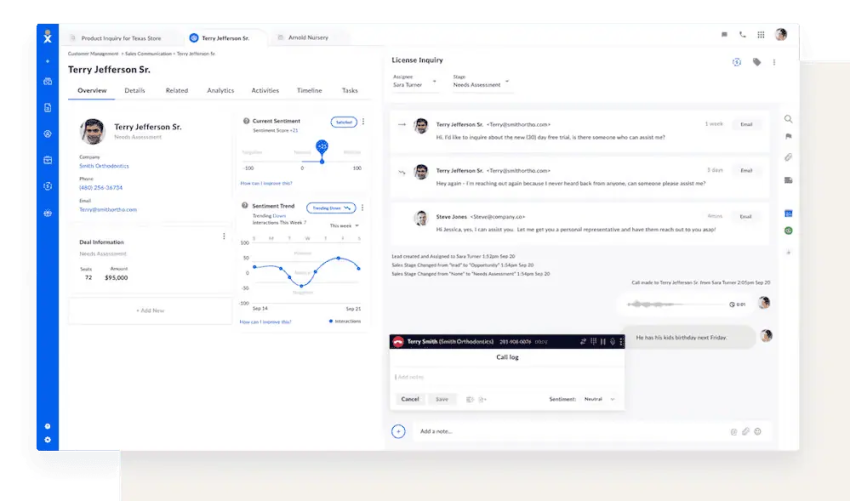
Top Call Center Integrations for Banks
No bank call center software is worth investing in unless it integrates with the tools you rely on each day. Here’s a quick checklist to get you started when it comes to integration with existing lines of business applications.
CRM systems
- Salesforce and Microsoft Dynamics for screen pop, verified identity, and product holdings.
- Two-way sync of dispositions, notes, and follow-ups.
- Knowledge, pricing, and policy surfacing in the agent desktop.
Authentication and risk
- One-time codes, multifactor authentication, and knowledge checks.
- Device reputation signals.
- Webhooks and APIs to fraud and risk engines for step-up verification.
Payments and servicing
- Secure IVR payments, card network connections, and dispute codes.
- Core banking middleware to fetch balances and execute service actions.
- PCI DSS-compliant payments for balances and transfers.

Best Ways to Use AI in Your Call Center
Everyone’s talking about AI, and call centers are no different. Well, actually, they are. Bank call center software is one of the easiest tools to apply AI to for performing everyday interactions, saving time on manual processes, and boosting agent productivity.
Real-time assist
AI Agent Assist (sometimes referred to as a copilot) introduces an always-available coach for every call center agent. When your customer service rep gets stuck with a particular product or issue, have your AI agent prepare a pattern to help with the scenario and knowledge base articles with product documentation.
Banking compliance and contact center compliance prompts, next best actions, and suggested dispositions help struggling agents continue a good call (or fluent agents make their calls even better). There’s no stumbling around or missing key information when verifying accounts and processing transactions.
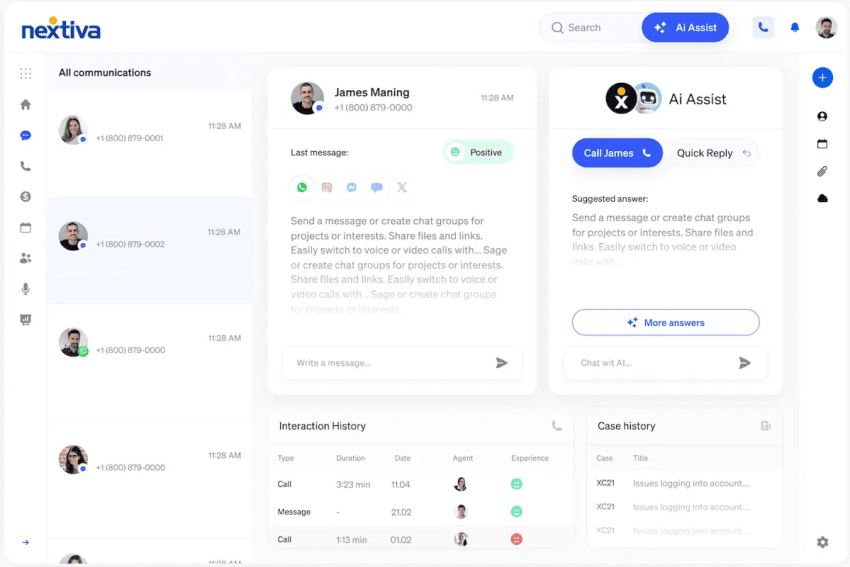
Post-interaction intelligence
At the end of a call, contact center agents often get swamped with admin tasks. Instead, you could be embracing post-call automation to generate auto summaries and push outcomes directly to customer relationship management (CRM).
Every interaction gets analyzed for sentiment feedback, which gets fed back into quality and training programs. For real-time emergencies, supervisors and call center managers get notifications that they may need to jump in and take over the call.
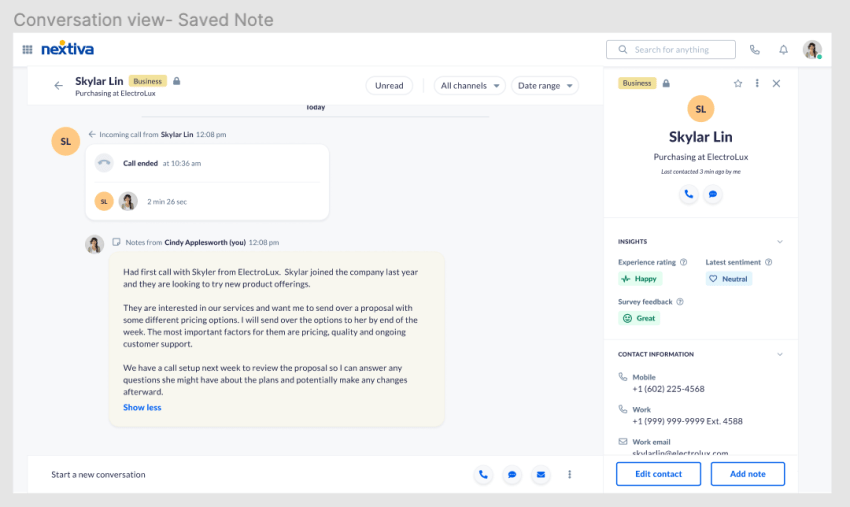
Workforce and forecasting
It’s not just agents and customers that benefit from banking call centers with AI. Supervisors and shift planners get help with workforce planning, queue monitoring, and schedule adherence.
Not only can you create dynamic schedules for skills and channels with intraday adjustments, but you also get unified forecasts across voice and digital channels. Taking into account shrinkage and exceptions, your staffing plans are no longer reviewed every quarter or when something goes wrong. Instead, you have customer data and analytics feeding into your business to suggest on-the-fly changes for an optimized customer journey.
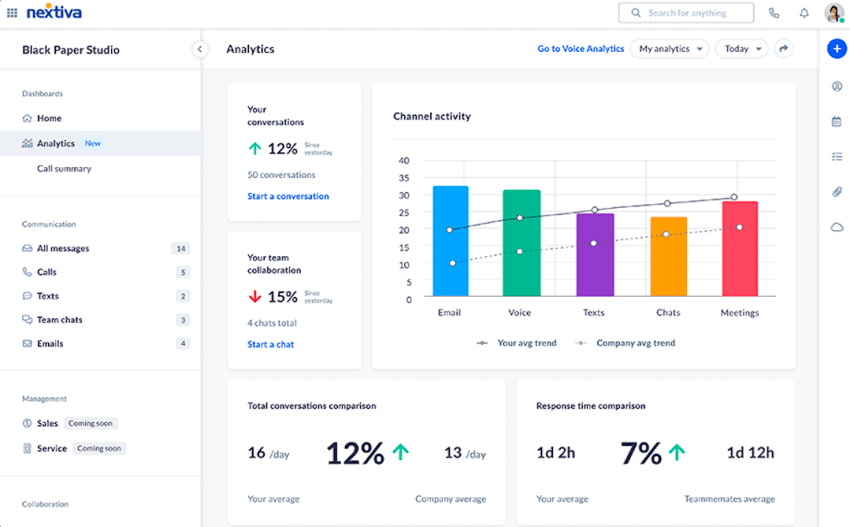
Why Banks Choose Nextiva
Nextiva unifies communications, context, analytics, and AI into one secure platform, specifically addressing the core needs of financial institutions:
- Compliance and security: Embedded governance features, PCI-compliant recording, end-to-end encryption, and robust audit trails help meet strict regulatory requirements (FINRA, SOC 2, PCI DSS).
- Intelligent routing and IVR: Advanced skills-based routing, secure self-service IVR options, and queue callback ensure customers connect with the right resource quickly and securely.
- Omnichannel and integration: A unified customer thread across voice and digital channels, combined with open integrations with CRM and core banking systems, provides agents with complete context.
- AI-driven efficiency: Features like real-time assist, post-interaction summaries, and automated QA reduce agent effort and improve accuracy.
- Reliability: Proven uptime and carrier redundancy ensure service continuity.
Simmons Bank, with 240 locations and 3,200 users, now has a full cloud-based setup, complete with new call center reporting and analytics configuration with customized reports and dashboards, to ensure the bank has visibility and control at all times.
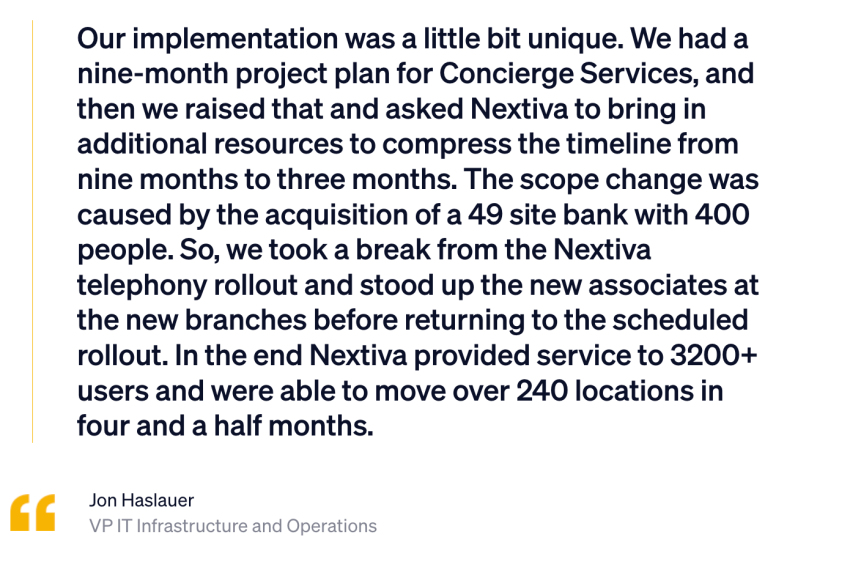
Sounds like the future of your bank? Check out Nextiva’s AI-powered contact center today. 👇
Top Ranked AI-Powered Contact Center Solution
Transform your customer interactions with a contact center platform that saves you time and money, reduces agent and supervisor stress, and flexibly adapts to fit your needs.

















 Customer Experience
Customer Experience 








